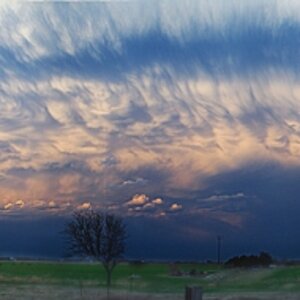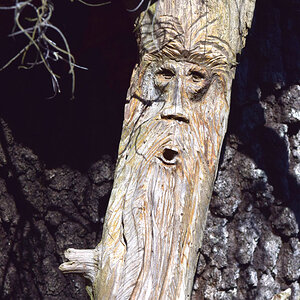- Joined
- Nov 19, 2011
- Messages
- 4,699
- Reaction score
- 5,182
- Location
- Long Island, New York
- Can others edit my Photos
- Photos OK to edit
It may be one of my first cat photos, but my memory isn’ that good anymore.So I saw this on Facebook - the claim is that it is one of the first photographs taken of a cat, dated 1870-80.
Anyone else thinks this is faked?





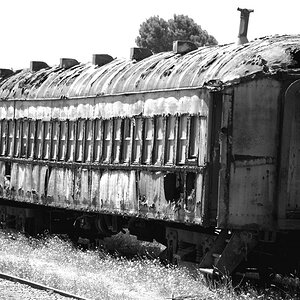
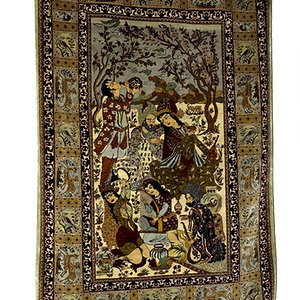

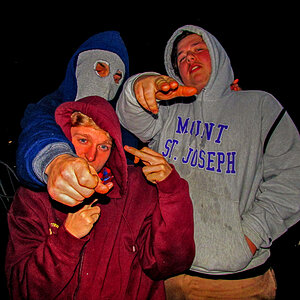
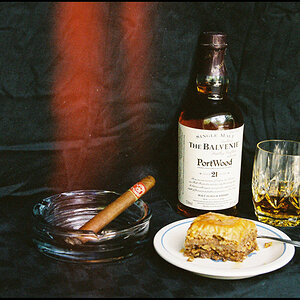
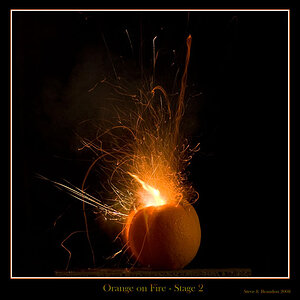

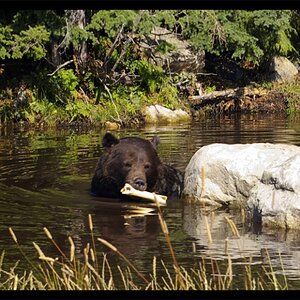
![[No title]](/data/xfmg/thumbnail/32/32168-fd80621d6068dd5050eb33595e34e6cf.jpg?1619735234)

